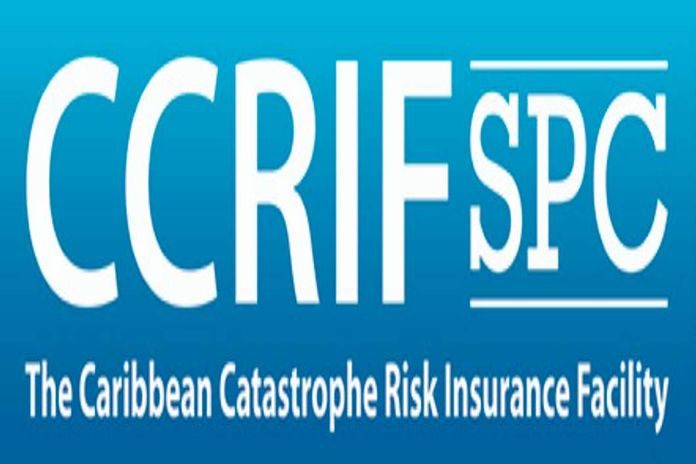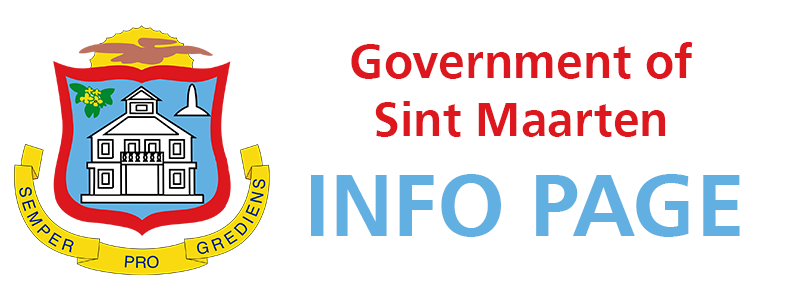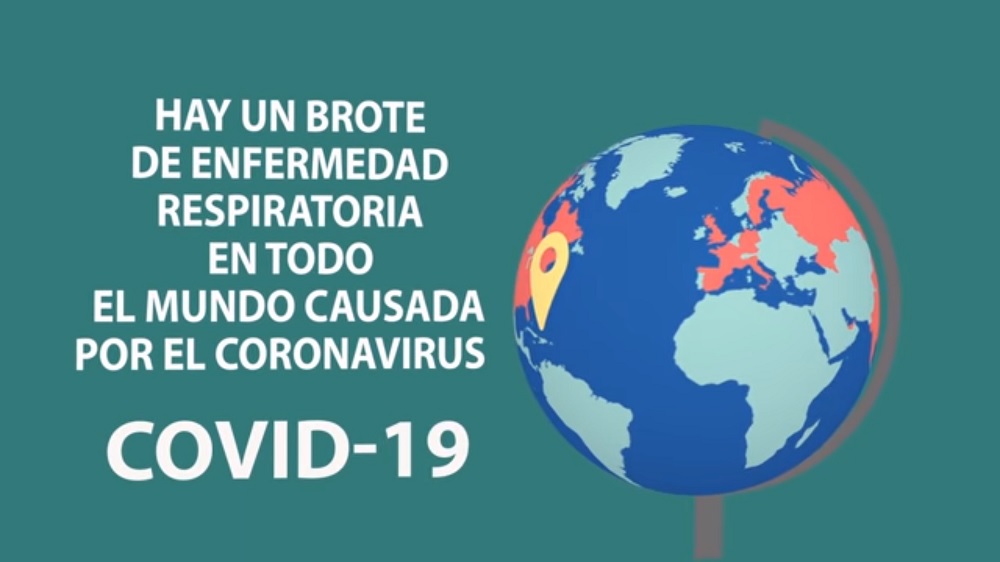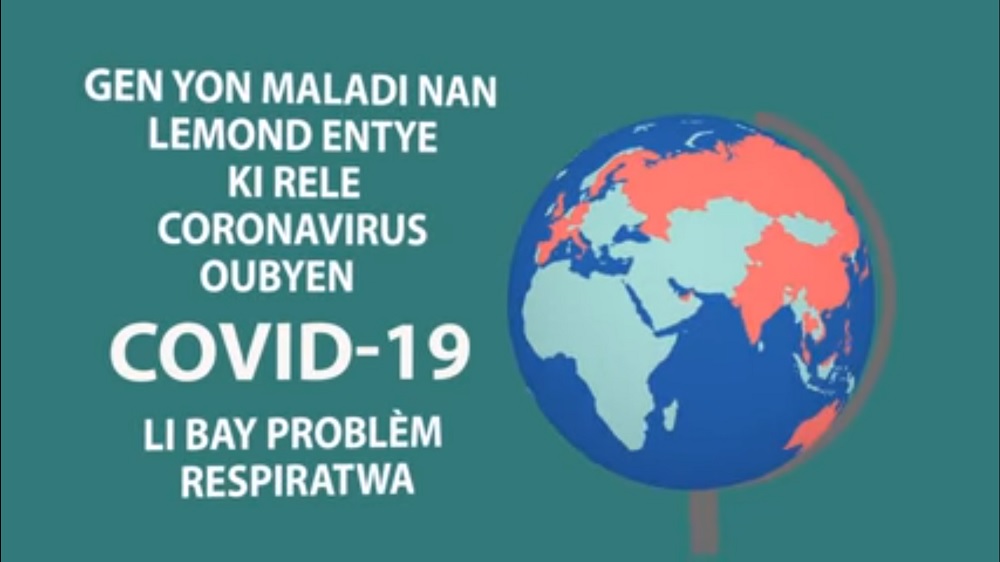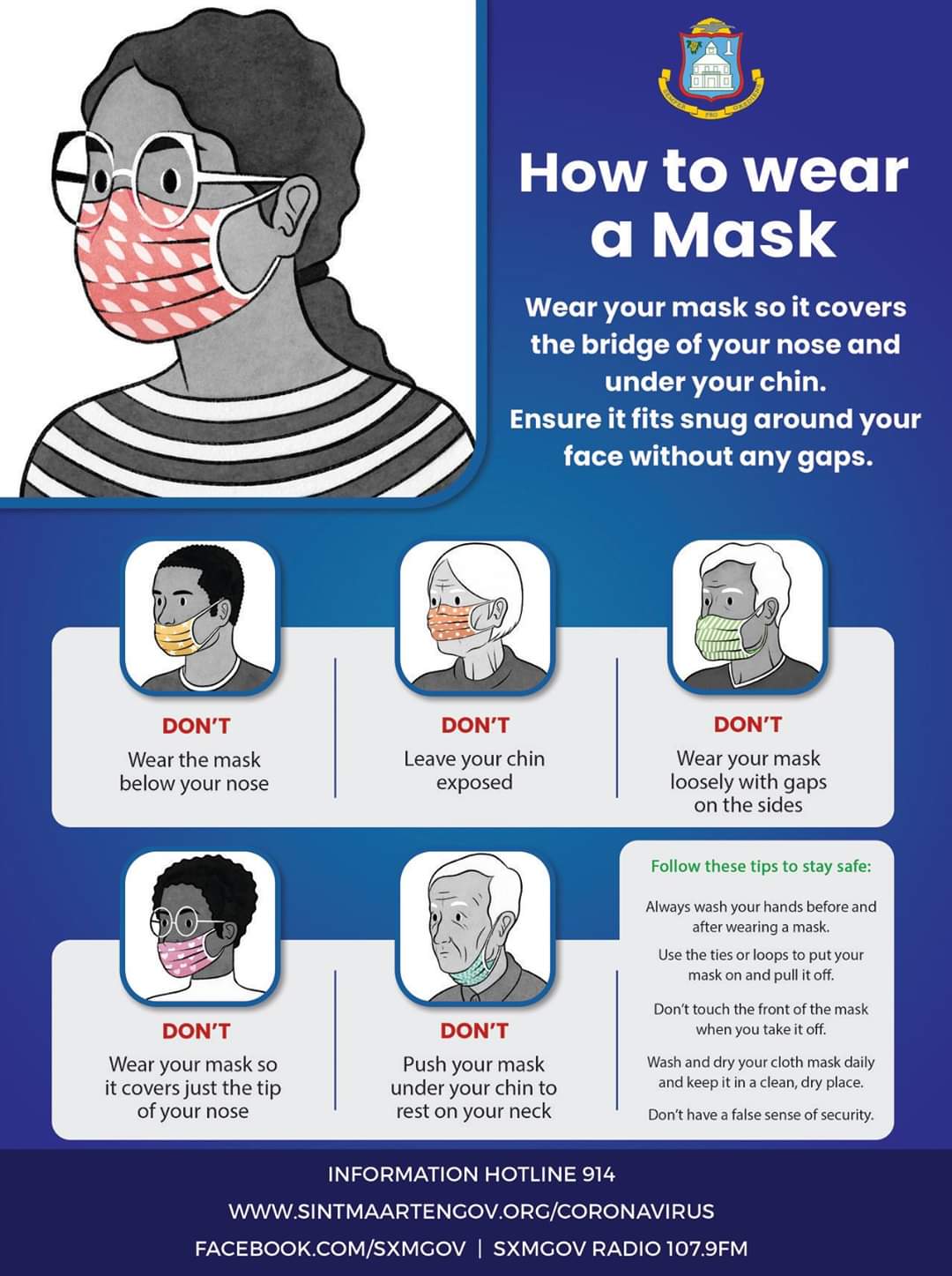CCRIF Makes Four Payouts Totaling US$15.2 Million During October for 2022 Hurricane Season Events
Grand Cayman, Cayman Islands, October 28, 2022. CCRIF SPC has made 4 payouts totaling US$15.2 million to 3 of its member governments during October for hydro-meteorological events associated with the 2022 Hurricane Season.
Payouts have been received by the governments of:
• Nicaragua: US$8.9 million on the country’s tropical cyclone policy following Hurricane Julia, which made landfall in Nicaragua on October 8 before moving into the Pacific. The hurricane brought strong winds, heavy rain and local flooding and Nicaragua’s National Disaster Prevention System (SINAPRED) reported that thousands of houses were affected and there were several downed electrical poles and wiring and many fallen trees
• Trinidad and Tobago: US$5.84 million following heavy rains that occurred during October 5-8, 2022, causing widespread flooding in the twin-island nation. From the payout, US$5,115,782 was made on the country’s excess rainfall policy for Trinidad and US$726,932 on the excess rainfall policy for Tobago
• Antigua and Barbuda: US$420,645 on the country’s excess rainfall policy following rains associated with Tropical Cyclone Fiona
These recent payouts bring CCRIF’s total policy payouts to US$260 million. Since its inception in 2007, the Facility has made 58 payouts to 16 of its 24 members. A country’s CCRIF policy is triggered when the modeled loss for a hazard event in that country equals or exceeds the attachment point (similar to a deductible in a traditional insurance contract) selected by the country, which is specified in the policy contract between CCRIF and the country. Parametric insurance offered by CCRIF provides a level of financial protection for countries vulnerable to natural hazards.
According to CCRIF Chief Executive Officer, Isaac Anthony, “In the face of a changing climate, parametric insurance is a must-have tool for governments in the Caribbean and Central America. CCRIF has been in the business of providing parametric insurance for the last 15 years and we continue to be encouraged that we are able to support our members to have access to quick liquidity after a natural disaster, to begin recovery efforts and to support the most vulnerable in their populations”.
CCRIF’s parametric insurance policies are very different from traditional indemnity insurance policies. CCRIF’s parametric insurance policies make payments based on the intensity of a natural hazard event (for example, hurricane wind speed, earthquake intensity, or volume of rainfall), the exposure or assets affected by the event, and the amount of loss caused by the event, calculated in a pre-agreed model. Thus, CCRIF does not need to wait for on-the-ground assessments of loss and damage to make payouts – unlike with indemnity insurance – enabling the Facility to disburse funds to members within 14 days of an event.
In addition to the previously mentioned policy payouts, the Turks and Caicos Islands received US$668,857 on the Aggregated Deductible Cover (ADC) for the country’s tropical cyclone policy following Hurricane Fiona, which made landfall in that country on September 20. While the Government did not receive a payout under its tropical cyclone policy, the ADC feature of the policy was activated as the CCRIF modeled losses for the event were above 10 per cent of the minimum payment for the policy, thus triggering an ADC payment. The ADC feature was designed to provide a minimum payment for events that are not sufficient to trigger the CCRIF policy because the modeled loss is below the policy’s attachment point; this feature is available for tropical cyclone and earthquake policies. Since its introduction in 2017, 11 member governments have received ADC payments totaling US$3.3 million on their tropical cyclone or earthquake policies.
CCRIF CEO continues to remind countries that “parametric insurance must not be seen in isolation from other disaster risk financing tools”. He urges countries in the region “to take a more holistic approach to disaster risk financing and build a financial protection strategy that combines a number of risk financing instruments that address different layers or types of risk – incorporating instruments that support low and high probabilistic events as well as those that address both low and high severity events – including disaster reserve funds (DRFs), contingent credit facilities, CAT bonds etc. All these instruments have unique and distinct characteristics and are necessary to finance early response, recovery, and reconstruction needs while protecting a country’s fiscal balance”.
The 2022 Atlantic Hurricane Season is on pace to meet the expectations of the pre-season predictions of being an above-normal season. CCRIF stands ready to support its members in the coming weeks as we move towards the end of the season on November 30.


